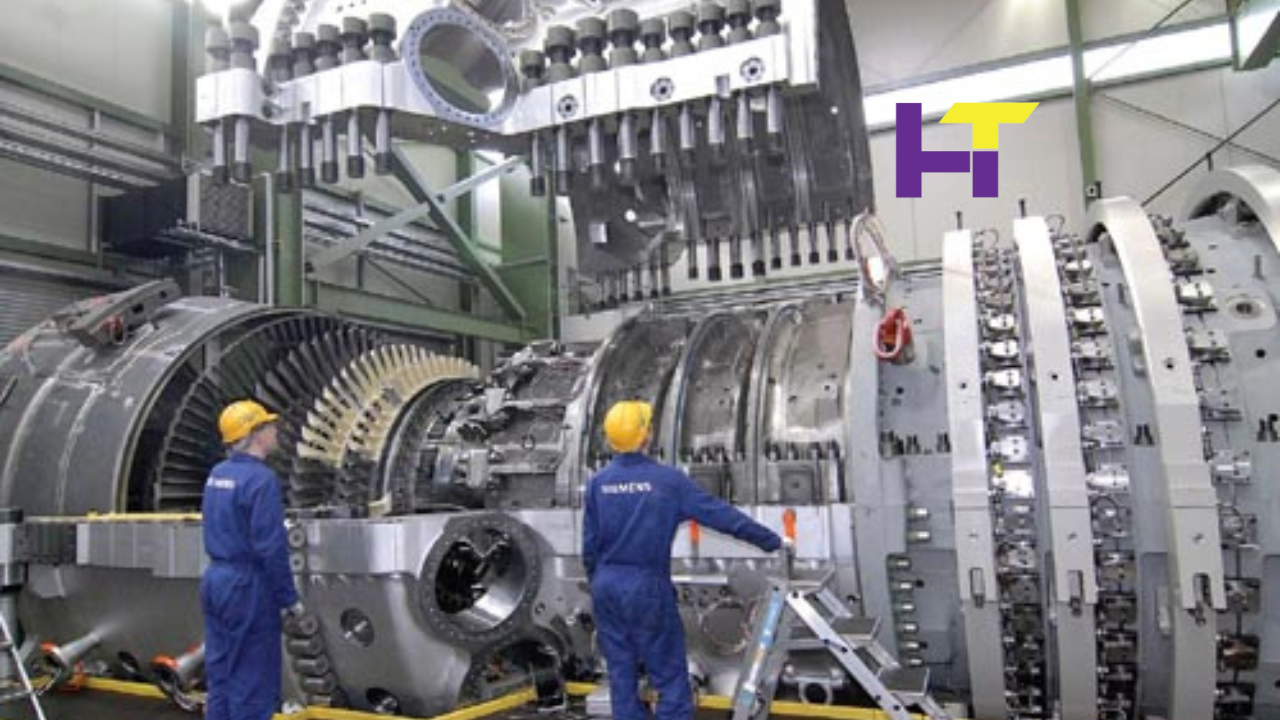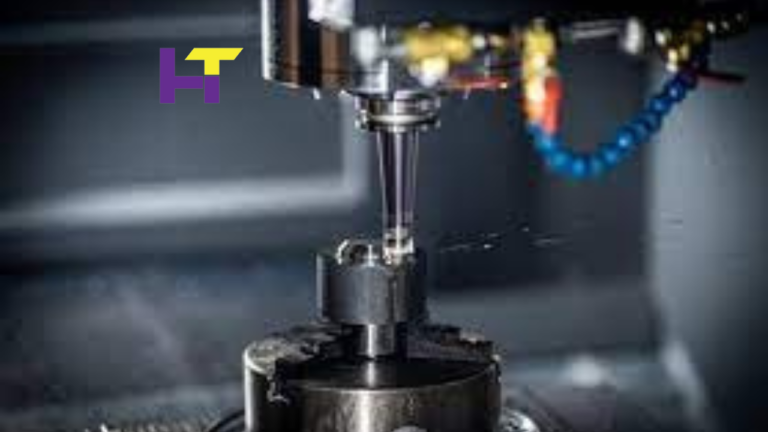Understanding the Science behind Gas Turbine Combustion

Gas turbines are widely used in power generation, aviation, and other industries for their efficiency and reliability. Understanding the combustion process in gas turbines is crucial for optimizing their performance and minimizing emissions. In this article, we will explore the science behind gas turbine combustion.
Introduction to Gas Turbines
Gas turbines operate on the principle of converting the energy released from fuel combustion into mechanical power. The combustion process in a gas turbine involves mixing fuel and air in a combustion chamber, where they are ignited to produce high-temperature, high-pressure gases. These gases expand through a turbine, driving its blades and generating power.
The high-speed rotating turbine shaft is connected to a generator, which produces electricity. Gas turbines are widely used for power generation, propulsion systems in aircraft and marine vessels, and industrial applications. They are known for their high efficiency, reliability, and ability to quickly start up and reach total power output. Gas turbines are an essential technology for meeting energy demands in a variety of sectors around the world.
Components of a Gas Turbine Combustor
The combustor is a critical gas turbine component where fuel and air are mixed and burned. It comprises various parts, including the fuel injection system, combustion liner, and flame stabilizer. The design of the combustor plays a significant role in determining the efficiency and emissions of the gas turbine.
The fuel injection system delivers the correct amount of fuel into the combustion chamber, which mixes with the compressed air. The combustion liner provides a surface for the combustion process and withstands high temperatures. The flame stabilizer helps maintain a stable flame within the combustor.
Efficient combustion in the combustor is crucial for maximizing the energy output of the gas turbine while minimizing harmful emissions. The design of the combustor must balance factors such as fuel-air mixing, residence time, and temperature distribution to achieve optimal combustion efficiency and reduce pollutants like nitrogen oxides and carbon monoxide.
Overall, the combustor’s design is a critical factor in a gas turbine system’s performance and environmental impact. Improvements in combustor technology continue to focus on enhancing efficiency, reducing emissions, and ensuring reliable operation in various operating conditions.
Types of Combustion Processes
Gas turbine combustion can occur through several processes, including diffusion, premixed, and partially premixed flame combustion. Diffusion flame combustion is premixed, the mixing of fuel and air in the premixed tension zone, while whipremixedxed flame combustion involves the premixing of fuel and air before ignition.
Partialpremixedxed flame combustion combines diffusion and premixedpremixedombustion, in which premixedpremixedd air is pre-mixepremixedome mix at the premixed premixed. These processes have advantages, making them suitable for different applications depending on efficiency, emissions, and stability.
Ignition and Flame Stabilization
Ignition in a gas turbine combustor is typically achieved using spark plugs or pilot injectors. Once ignited, the flame must be stabilized to ensure continuous combustion. Flame stabilization devices such as bluff bodies swirls, and perforated plates help maintain a stable flame within the combustor.
These devices create turbulence and recirculation of the fuel-air mixture, allowing for efficient mixing and combustion. Stabilizing the flame is crucial for maintaining high combustion efficiency and reducing emissions in gas turbine engines. Additionally, proper flame stabilization helps prevent flame blowout and flashback, which can result in engine damage. Overall, these flame stabilization devices play a critical role in ensuring gas turbine combustors’ reliable and efficient operation.
Combustion Efficiency and Emissions
Gas turbine combustion efficiency is determined by factors such as the combustion temperature, fuel-air ratio, and residence time. Higher combustion temperatures can improve efficiency but may also increase NOx emissions. Gas turbines can be equipped with technologies such as water injection and catalytic converters to reduce emissions.
Advancements in Gas Turbine Combustion
Recent gas turbine combustion technology advancements have focused on improving efficiency, reducing emissions, and increasing fuel flexibility. Research is ongoing to develop innovative combustion systems, alternative fuels, and predictive models to optimize gas turbine performance.
One approach being explored is the use of lean premixedpremixedion, which helps to minimize the formation of nitrogen oxides (NOx) during thepremixedion process. Additionally, combustion stability and control system advancements are being developed to ensure reliable and safe operation under varying operating conditions.
Furthermore, alternative fuels such as hydrogen, biofuels, and synthetic fuels are being investigated to reduce greenhouse gas emissions and enhance fuel flexibility. These alternative fuels require modifications to the combustion system to ensure proper mixing, ignition, and combustion characteristics.
In parallel, researchers are developing advanced predictive models and computational tools to simulate and optimize gas turbine combustion processes. These models help engineers understand the complex interactions between fuel, air, and combustion dynamics, leading to more efficient and environmentally friendly gas turbine designs.
Overall, these gas turbine combustion technology advancements are driving toward cleaner, more efficient, and versatile power generation systems that can meet the challenges of a rapidly changing energy landscape.
Conclusion
Understanding the science behind gas turbine combustion is essential for enhancing the performance and sustainability of gas turbine systems. By studying the combustion process, engineers can develop innovative solutions to improve efficiency, reduce emissions, and meet future energy demands.
Read More: The Ultimate List of Online Skin Courses: From Basics to Advanced Techniques.






